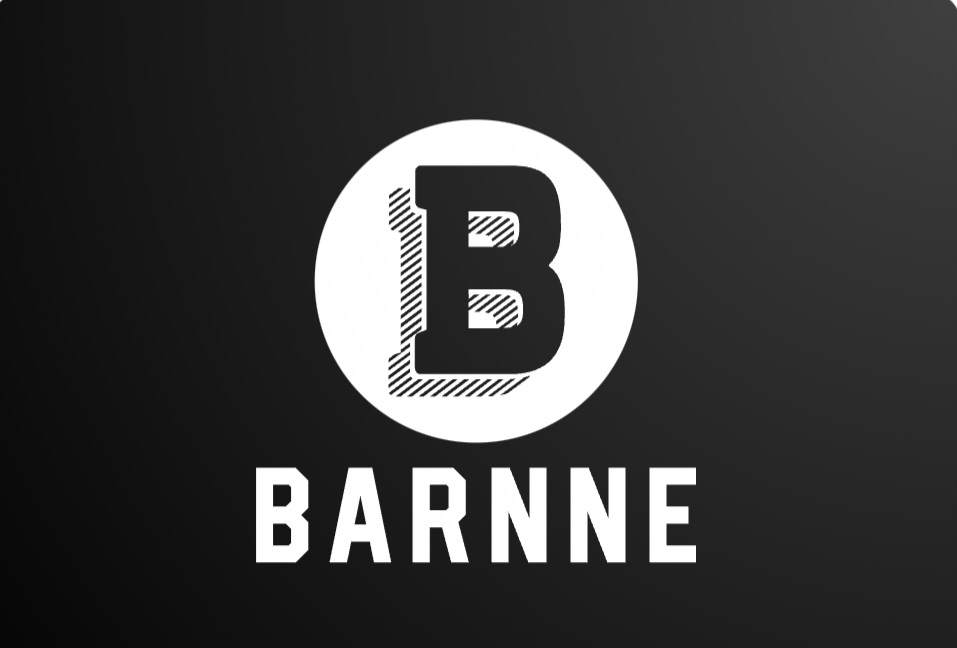Key Duties
Perform income things to do in order to generate sales
Achieve income budget/targets and income
Attract and continue clients thru merchandising
Action money and savings processes/administration in line with policy
Deal with clients in a patron centric manner
Minimum requirements
Grade 12
7 – 12 Months income journey ideally in Retail
Competencies
Team work
Self-Motivation/Drive
Customer Service orientated
Interpersonal skills
Communication
Initiative
Attention to detail
Sales and prospecting processes
Business Policies & Procedures
Basic Retail Knowledge
Extensive product information inside all categories
Taking Action
Courage & Confidence
Emotional Maturity
Personal Resilience
Drive & Energy
Salesperson Responsibilities: A Comprehensive Guide to Driving Revenue and Building Relationships
Did you know that great salespeople can boost company revenue by as much as 50%? A salesperson’s main job is bringing in money by talking to customers. But sales is changing. It’s not just about closing deals anymore. Now, it involves many tasks.
This article gives you the lowdown on what salespeople do. We’ll talk about finding customers, keeping them happy, making sales, and looking after accounts.
Prospecting and Lead Generation
This is where the sales process kicks off. You gotta find folks who might buy what you’re selling. Then, you figure out if they’re a good fit.
Identifying Target Markets
Think of your ideal customer. What do they look like? What industry are they in? How big is their company? Knowing this helps you focus your efforts. You can do market research or check out what your competitors are doing. Look at data. See who’s buying what.
For example, a software company might target small businesses. Maybe these businesses are using old, slow software. The software company can offer them a better solution.
Generating Leads Through Various Channels
There are many ways to find leads. Cold calling is one. This involves calling people who haven’t heard from you before. Email marketing is another. You can send emails to potential customers. Social selling uses social media to find and connect with leads. Content marketing involves creating helpful stuff that attracts leads. Networking means meeting people and making connections. Referrals are when existing customers send new customers your way.
Each method has its ups and downs. Cold calling can be tough. Email marketing can get ignored. Social selling takes time. Content marketing needs good content. Networking requires you to be social. Referrals depend on happy customers.
Want better email results? Try catchy subject lines. A simple subject line works well. Make your social media posts engaging, too.
Qualifying Leads and Assessing Needs
Not all leads are created equal. You have to figure out which ones are worth your time. One way to do this is with BANT. It stands for Budget, Authority, Need, and Timeline. Does the lead have the money to buy? Can they make the decision? Do they need your product? When do they plan to buy?
Ask questions. Listen closely. Find out what problems your leads are facing. What are their pain points? This helps you understand if your product can help.
Customer Relationship Management (CRM)
It’s all about keeping leads happy. Build strong relationships with customers. That way, they’ll stick around for a long time.
Building Rapport and Trust
Be nice. Listen carefully. Use personalized communication. These help build trust. Empathy is key, too. Put yourself in the customer’s shoes.
Find common ground. Maybe you both like the same sports team. Maybe you went to the same school. These small connections can make a big difference.
Understanding Customer Needs and Providing Solutions
Figure out what problems your customers have. Then, show them how your product can fix those problems. Tailor your solutions to their specific needs.
Imagine a salesperson doing a product demo. They wouldn’t show the same demo to everyone. Instead, they would tweak it. Make it fit the prospect’s industry.
Providing Excellent Customer Service
Be responsive. Solve problems quickly. Go the extra mile. These things make customers happy.
Picture a customer who has a problem. The salesperson fixes it fast. This turns into a happy customer.
Closing Deals and Achieving Sales Targets
This is where you turn leads into paying customers. It’s a really important step.
Presenting Proposals and Negotiating Terms
Create killer proposals. Show the value of your product. Address any worries the customer might have.
Know how to negotiate. Find solutions where everyone wins. That way, the customer gets a good deal, and you make a sale.
Handling Objections and Overcoming Resistance
Customers might say no. They might have objections. Be ready for them. One way to handle this is the LAER method. It stands for Listen, Acknowledge, Explore, and Respond.
What if a customer says, “Your price is too high?” You could say, “I understand. Let’s talk about the value you’re getting.”
Closing Techniques and Strategies
There are different ways to close a deal. An assumptive close is when you act like the deal is already done. An urgency close creates a sense of now or never. A summary close is when you recap everything you’ve agreed on.
Timing is important. Pay attention to customer cues. Are they ready to buy? Or do they need more time?
Account Management and Retention
Keep your existing customers happy. It’s cheaper than finding new ones.
Maintaining Customer Relationships
Stay in touch with customers. Offer ongoing support. Build loyalty. These things keep customers coming back.
Make regular check-in calls. Send out newsletters. Use personalized communication.
Identifying Upselling and Cross-selling Opportunities
Upselling is when you sell a customer a better version of what they already have. Cross-selling is when you sell them something that goes with what they already have.
Look at customer data. What else might they need? This helps you find opportunities to upsell and cross-sell.
Gathering Feedback and Improving Performance
Ask customers what they think. This helps you improve your products. It also makes for a better customer experience.
Use surveys. Read reviews. Do interviews. All this feedback is helpful.
Conclusion
Salespeople do a lot. They find leads, build relationships, close deals, and manage accounts. To be great at sales, you need to do it all. Good luck putting these strategies to work!
Ready to boost your sales game? Start today!


